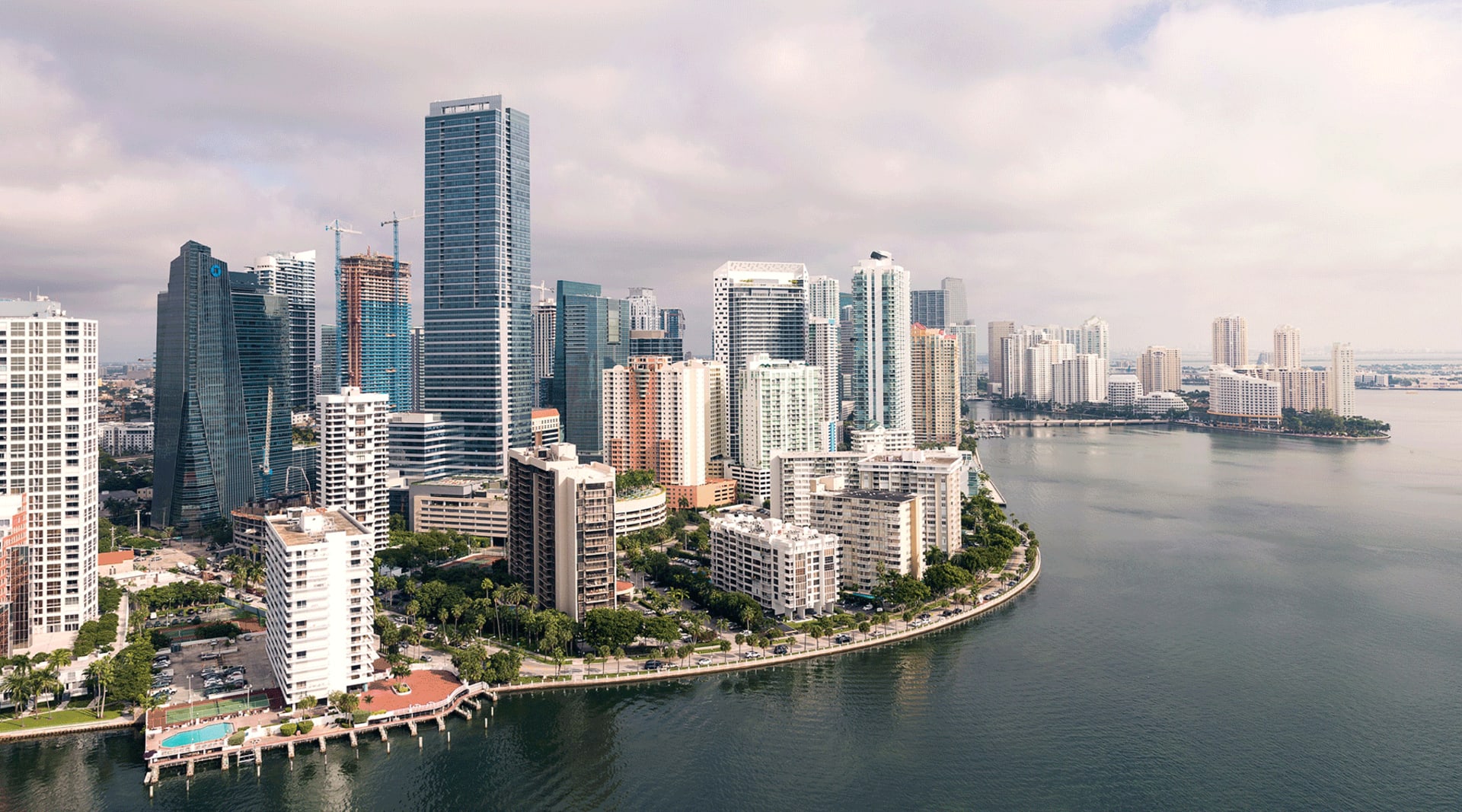27 August, 2021
Temperatures are rising. What does that mean for how we design and inhabit cities?
The past few months have seen dangerous, record-breaking heatwaves around the world. Scientists confirmed that July 2021 was the world’s hottest month on record. Asia recorded its hottest ever July. Italy experienced the hottest recorded temperature in European history in August, with official readings at nearly 120 degrees Fahrenheit. A heat emergency was declared across southern Europe in August, with heat warnings issued in Greece, Turkey, Italy, Bulgaria, Romania, Serbia, Bosnia and Herzegovina. Similar dangerous heat waves and “heat domes” swept elsewhere through Europe and across the US, from Seattle to New York City.
This isn’t a fluke; climatologists say that heat waves are getting hotter and more frequent. They’re hitting cities especially hard, turning them into what scientists call “urban heat islands”—areas where temperatures are higher because of surfaces that absorb heat, like roofs and pavement, and a lack of trees. In response, the way we think about urban design and lifestyles is changing.
Many cities aren’t designed for extreme, triple-digit heat. A June 2021 heatwave in the Pacific Northwest region of the US made this abundantly clear. In Portland, Oregon—which experienced its hottest day on record on June 26, 2021—the heat ruptured power cables, buckled roads, melted tarmac, and warped the vinyl siding on houses. In Seattle, Washington, steel drawbridges needed to be sprayed with water to keep them cool enough to operate.
To help cities adapt to higher temperatures, local governments are hiring chief heat officers. Miami became the first city in the world to appoint a chief heat officer, Jane Gilbert, in June. Athens followed Miami’s lead, appointing Eleni Myrivili as Europe’s first chief heat officer in July.
In Miami, much of Gilbert’s focus is around urban design, such as installing cool pavements and roofs and planting more trees to increase shade coverage on sidewalks. Myrivili is exploring similar projects in Athens. Other cities are also being redesigned to account for rising temperatures. Los Angeles is installing cool pavement and roofs that reflect the sun’s heat, and Phoenix, Arizona is redesigning its most affected low-income neighborhoods.
Gilbert and Myrivili are similarly focusing their efforts on low-income neighborhoods. “The people who did the least to cause this are suffering the most,” Kathy Baughman McLeod, senior vice president and director of the Adrienne Arsht-Rockefeller Foundation Resilience Center, told Fast Company.
The extreme heat is also giving rise to new working conditions. An August 2021 report from the Union of Concerned Scientists outlines how climate change and extreme heat are posing health and financial risks to 32 million American outdoor workers. By 2065, US outdoor workers’ exposure to hazardous heat conditions is projected to quadruple, jeopardizing their health and leading to an annual loss of up to $1,700 in wages per person, or $55 billion collectively.
As extreme heat events continue, expect to see more initiatives rethinking how cities are designed to improve living and working conditions.
Main image of Miami by Ryan Parker, courtesy of Unsplash


